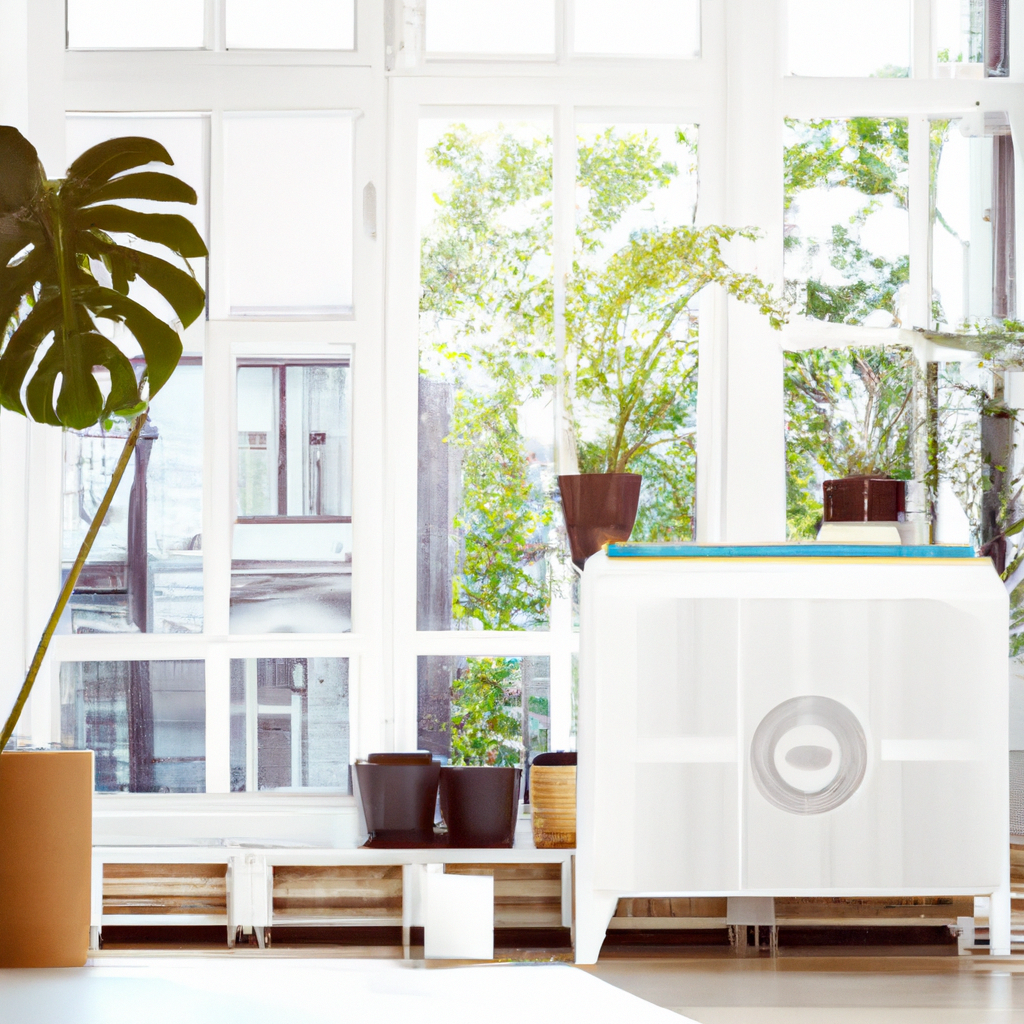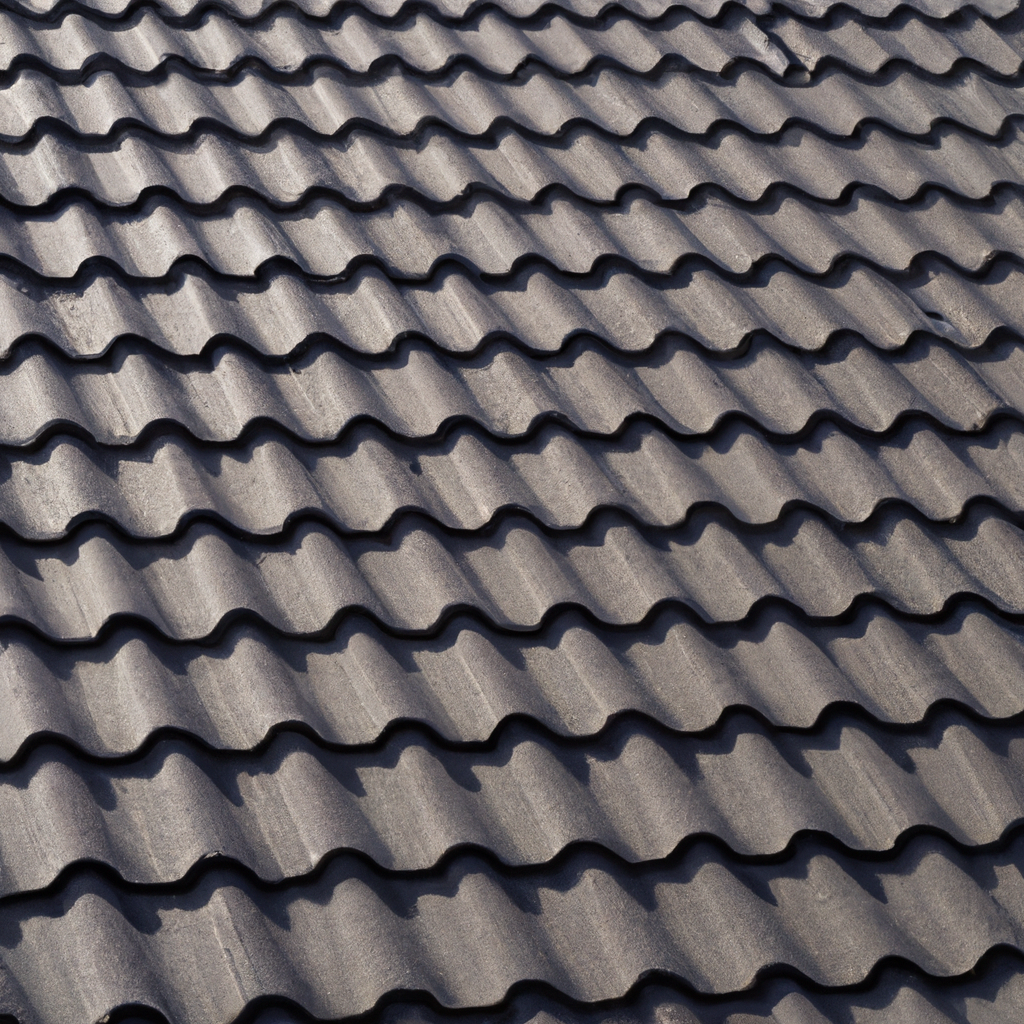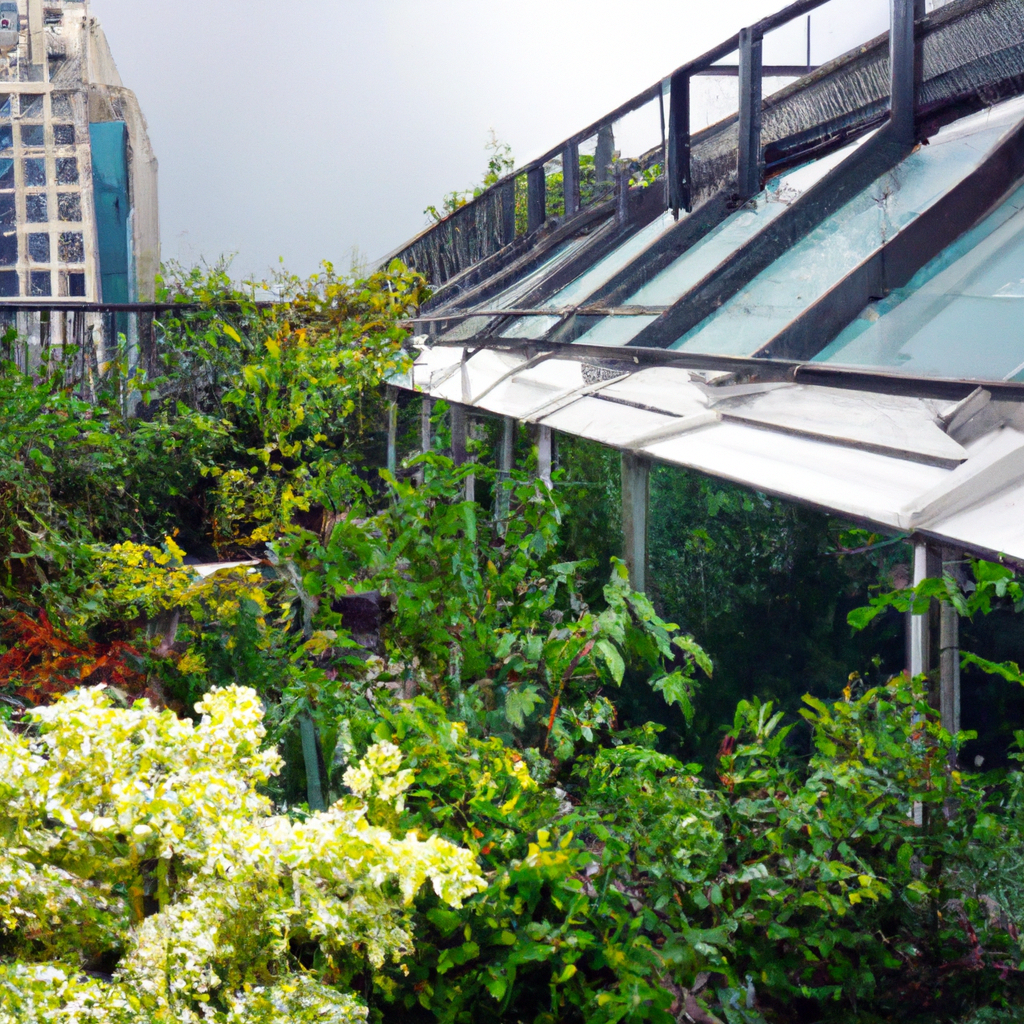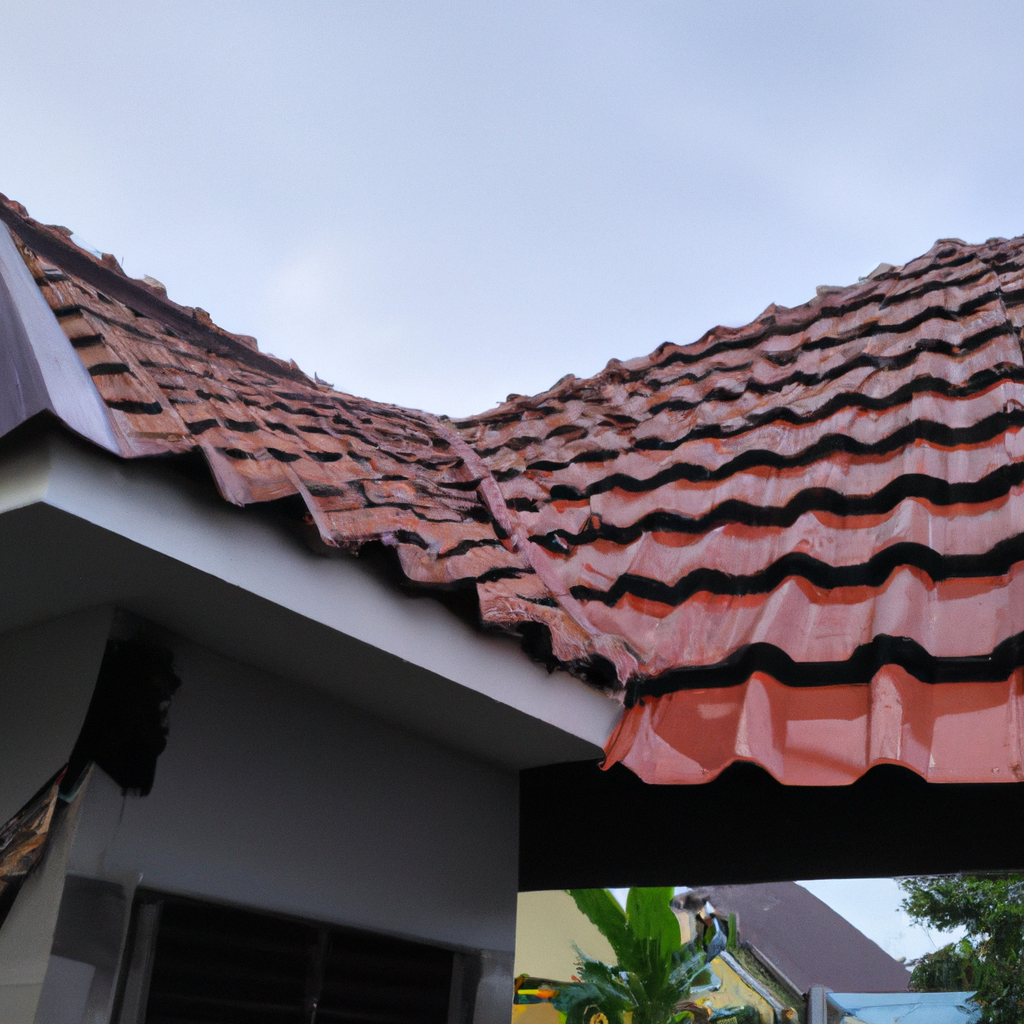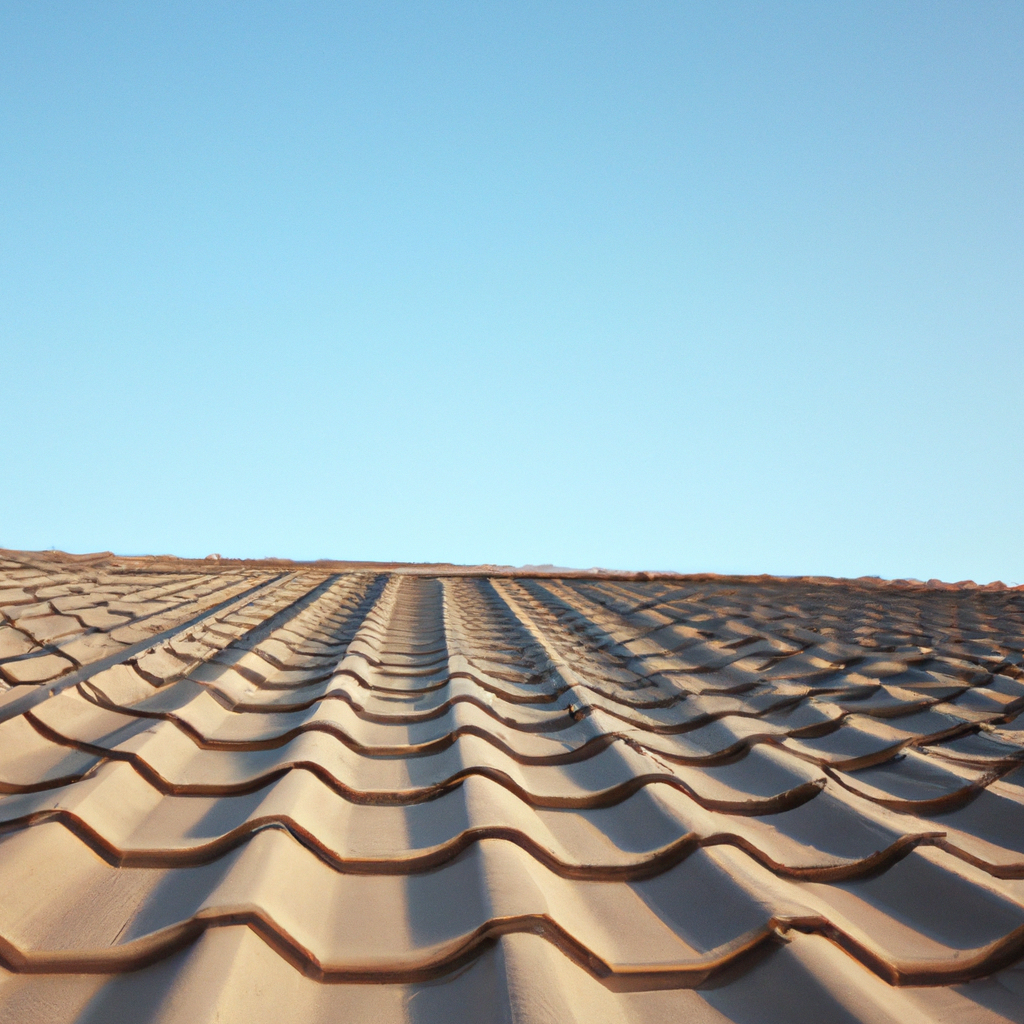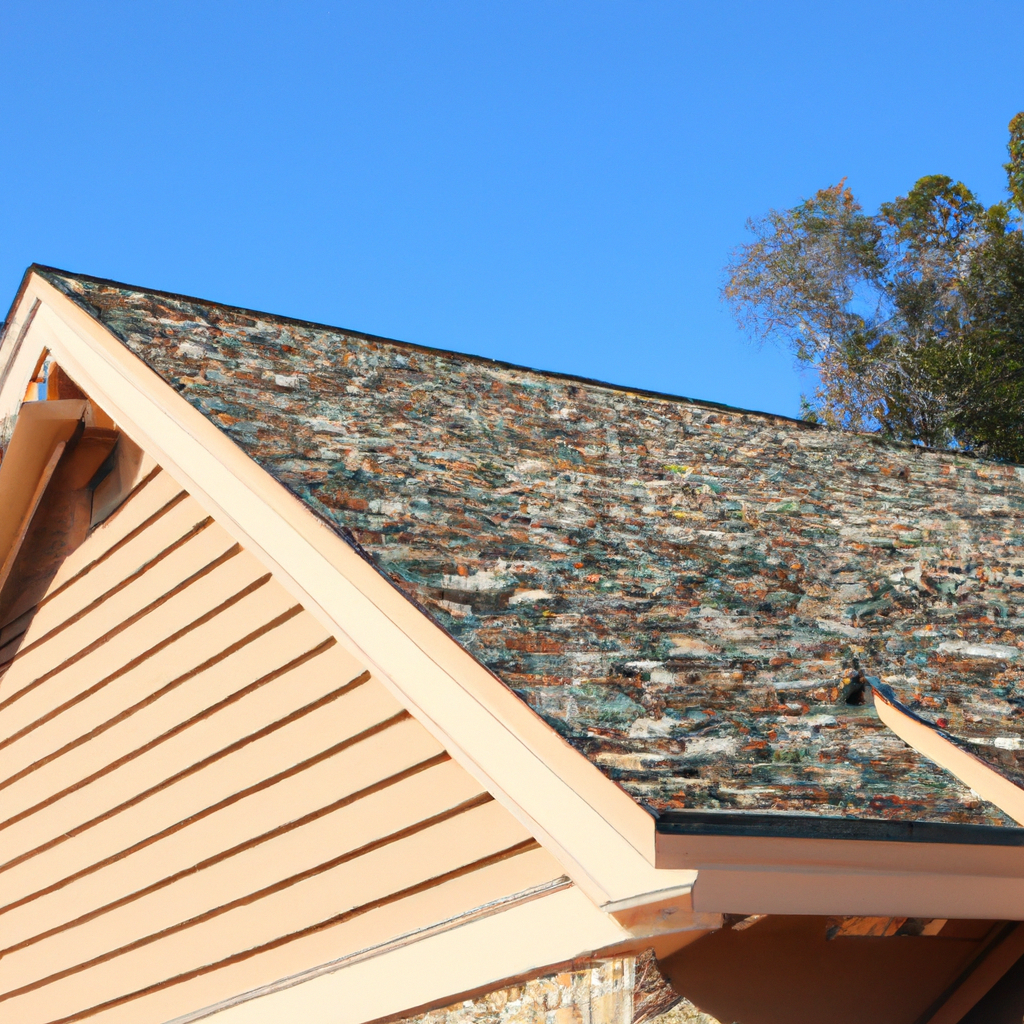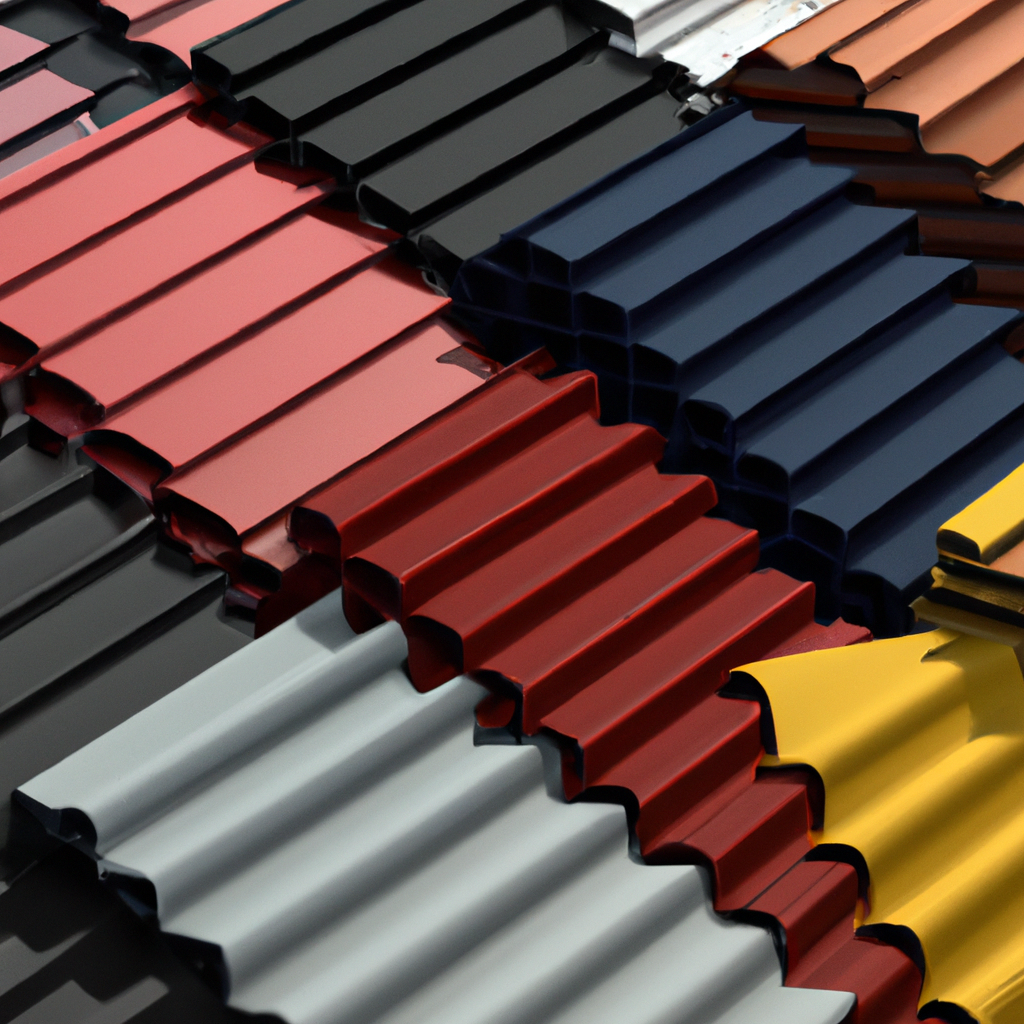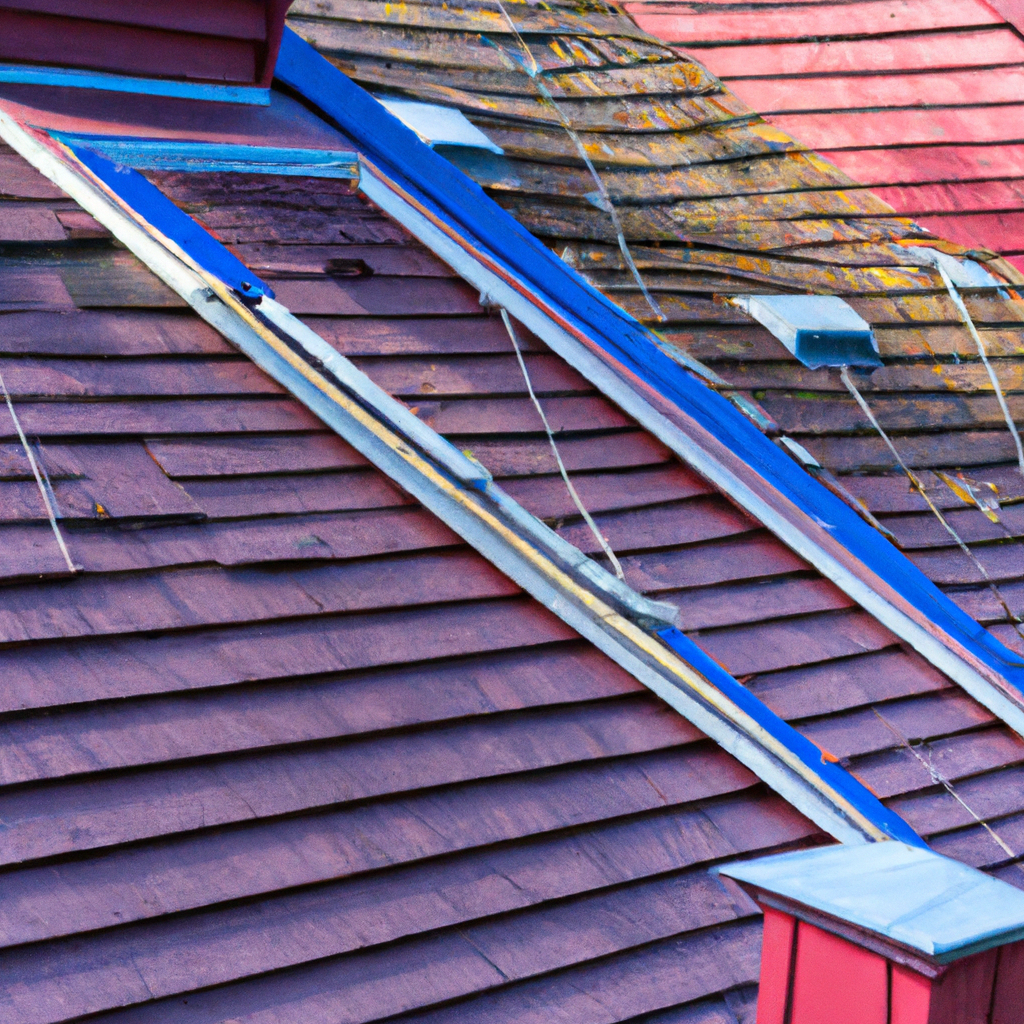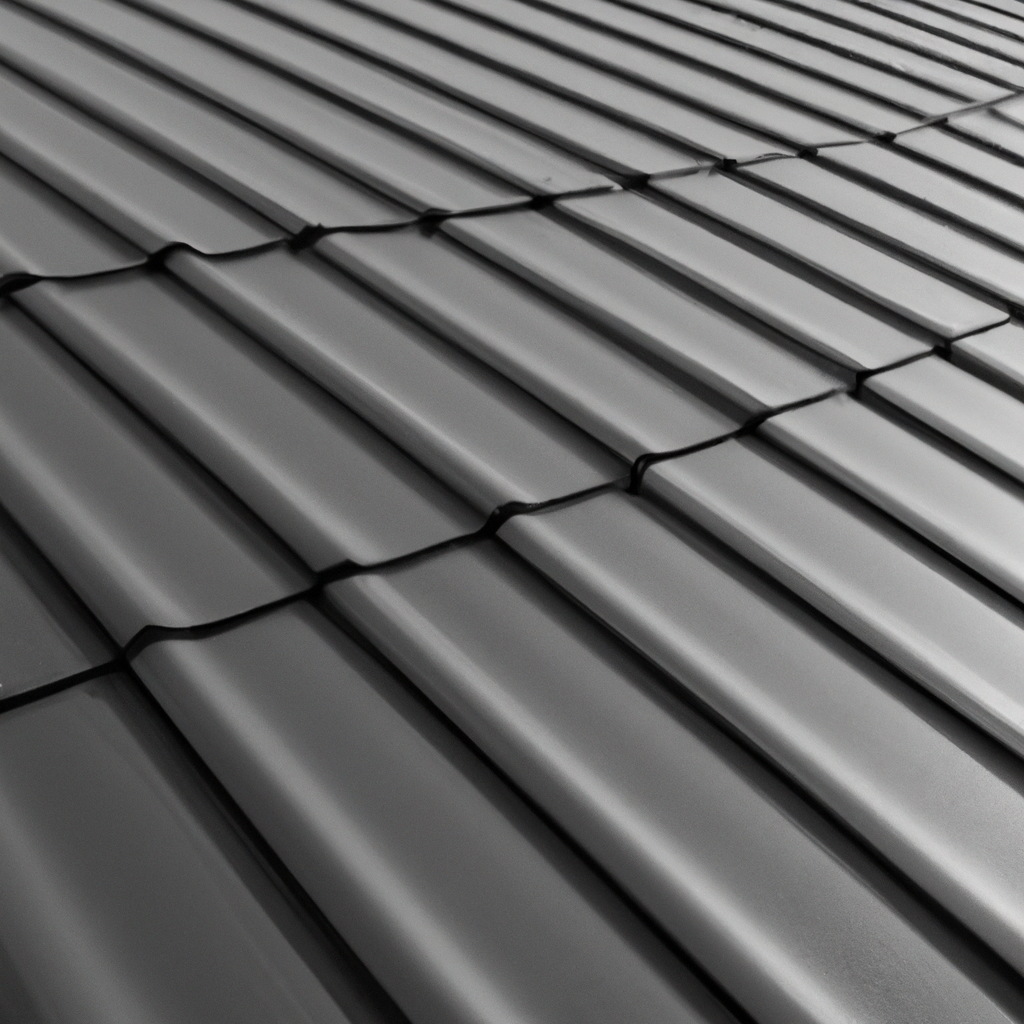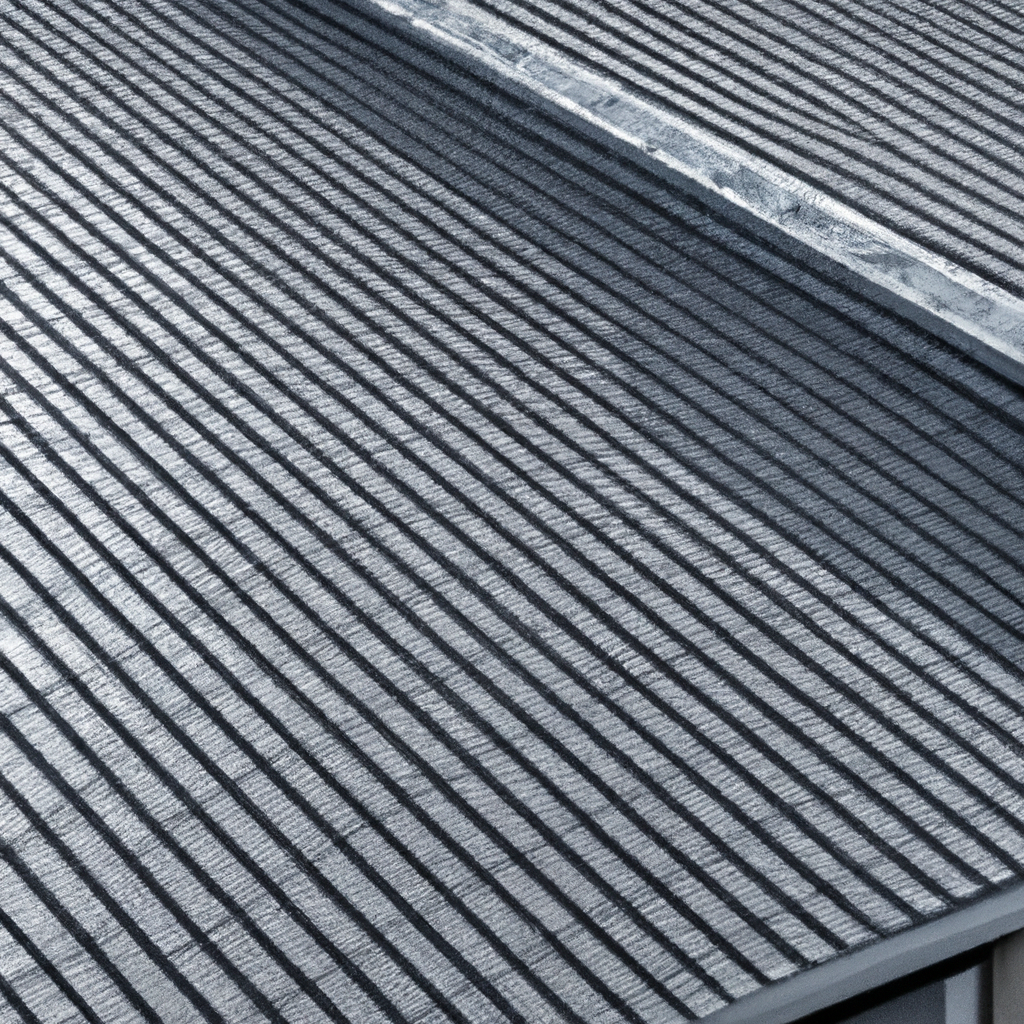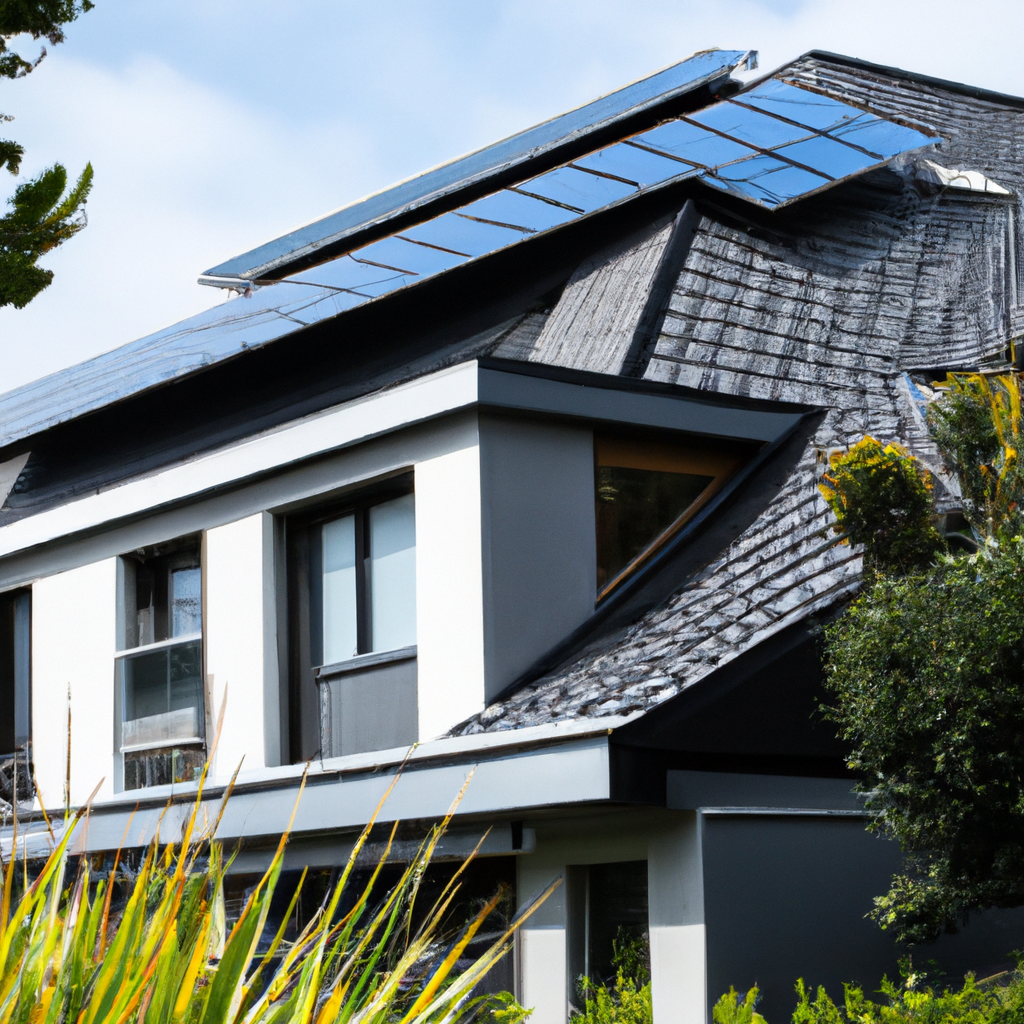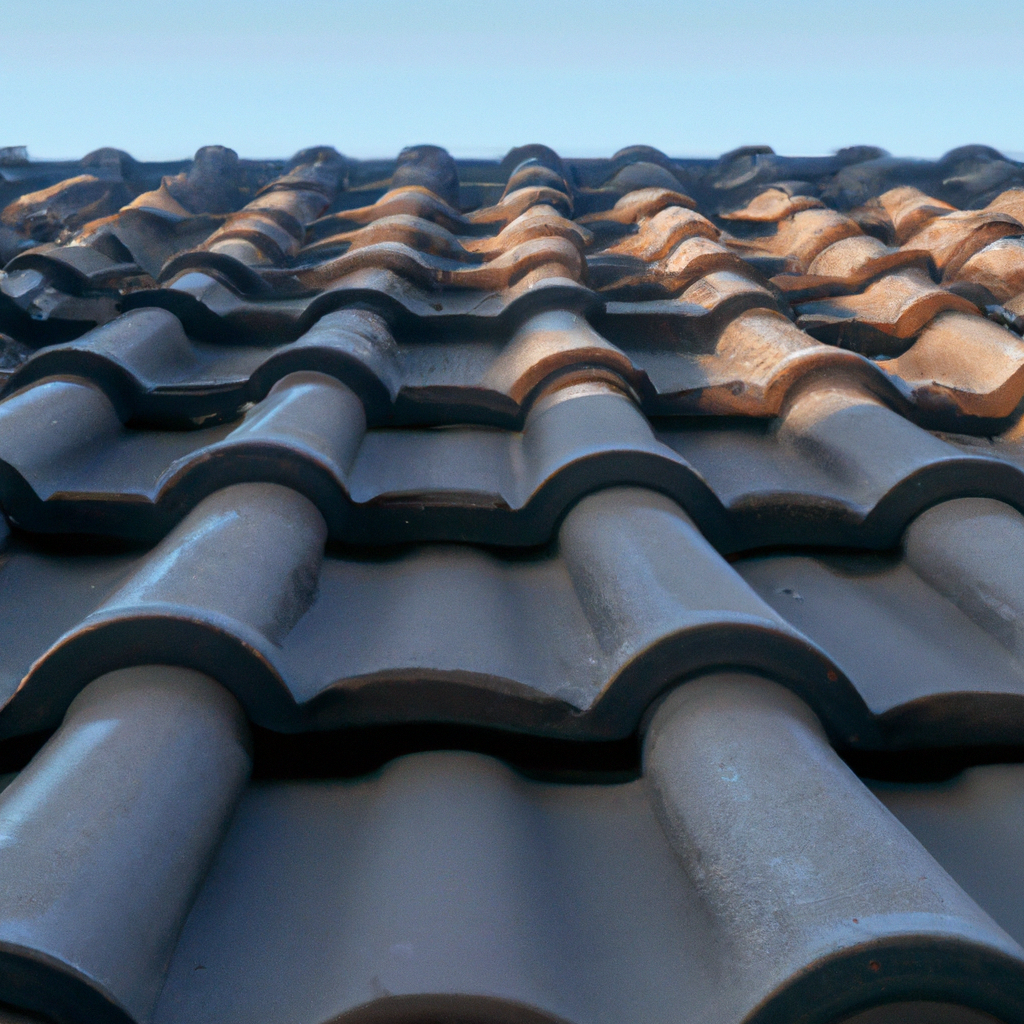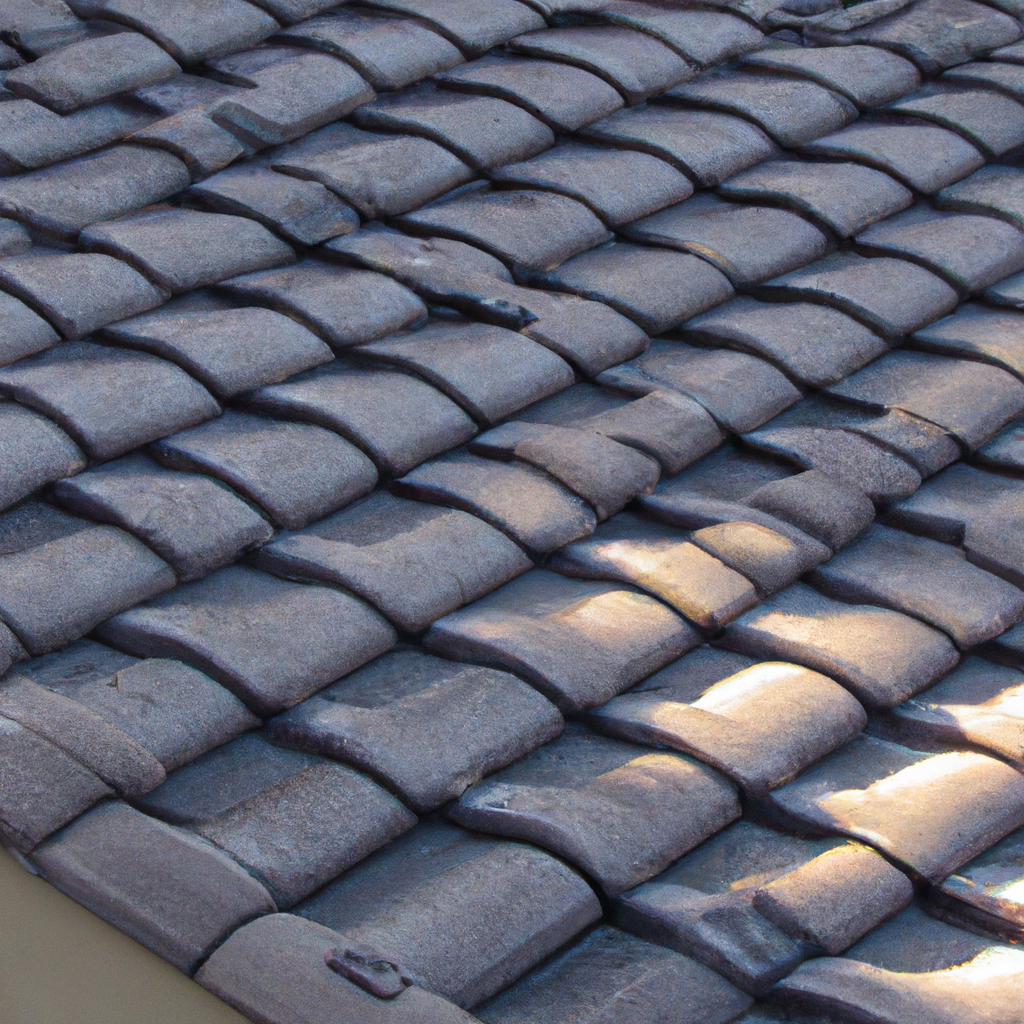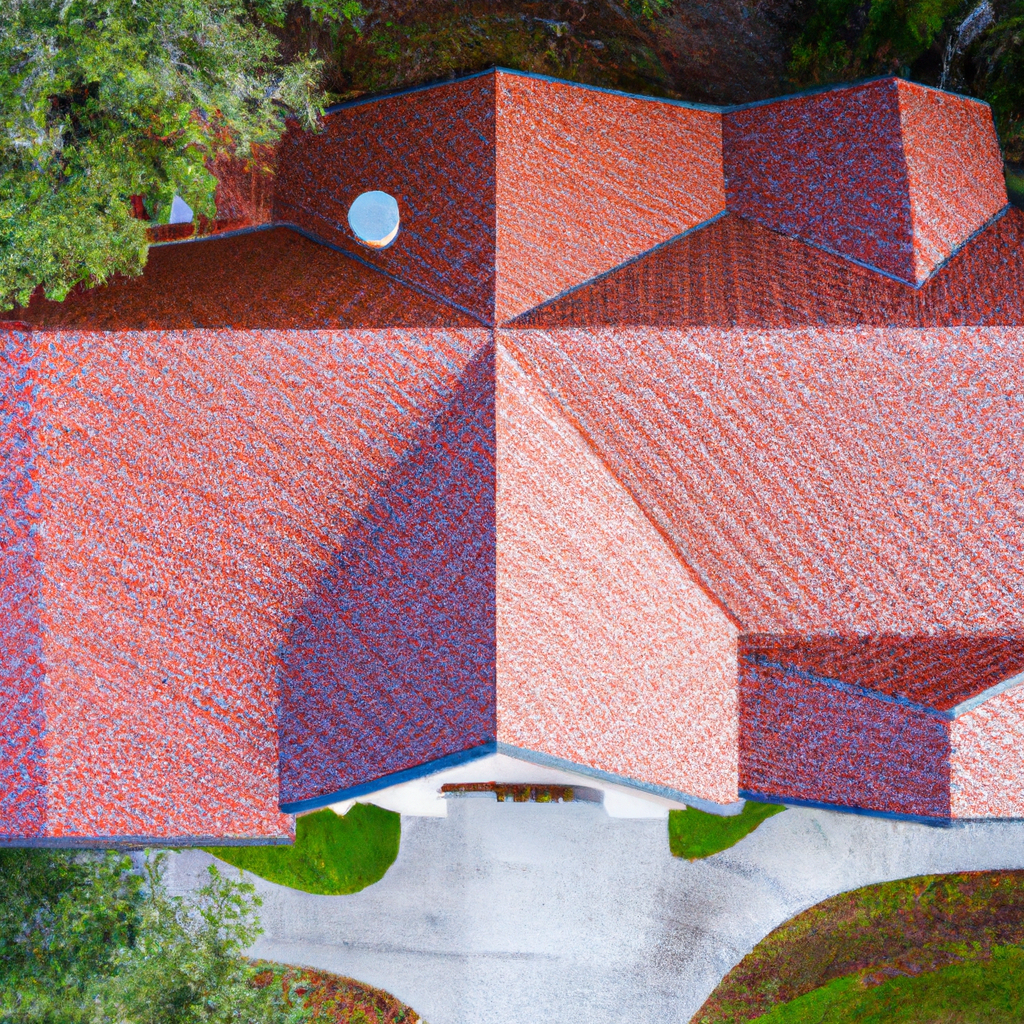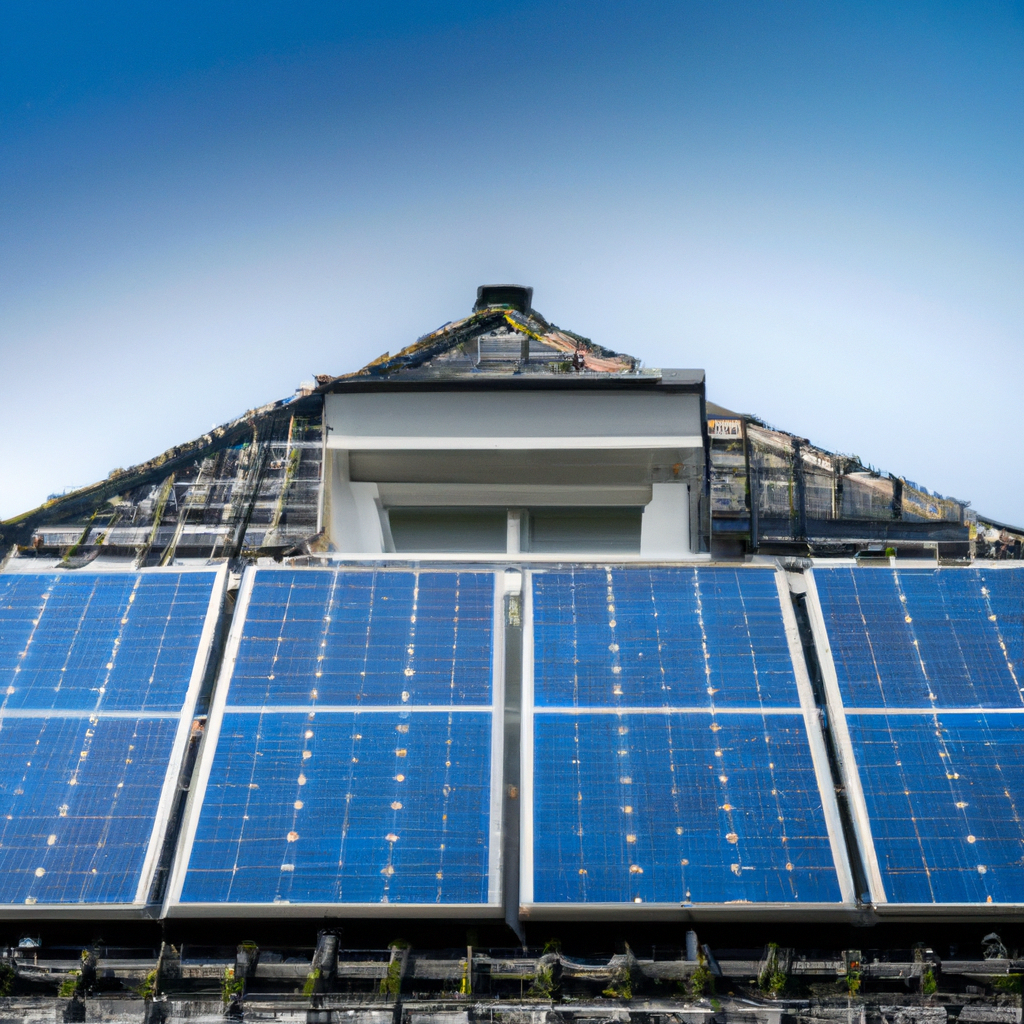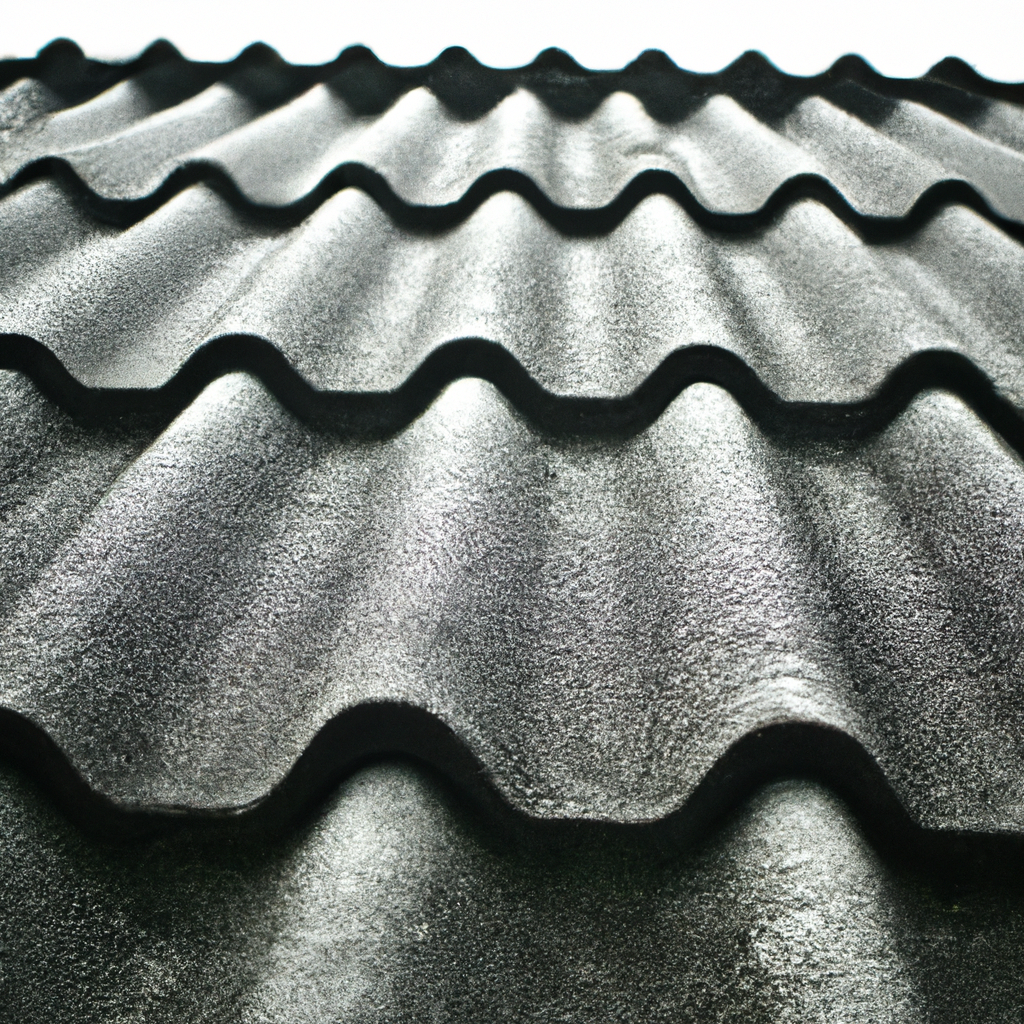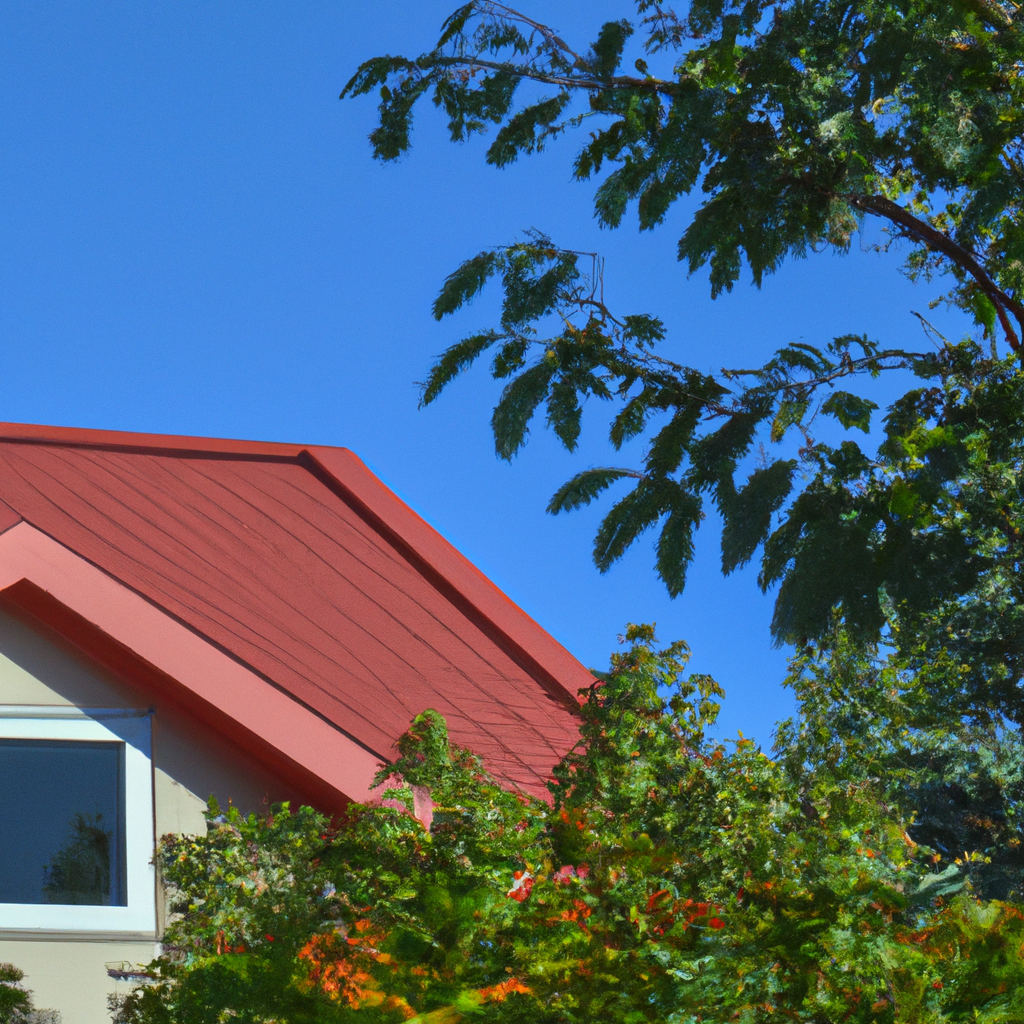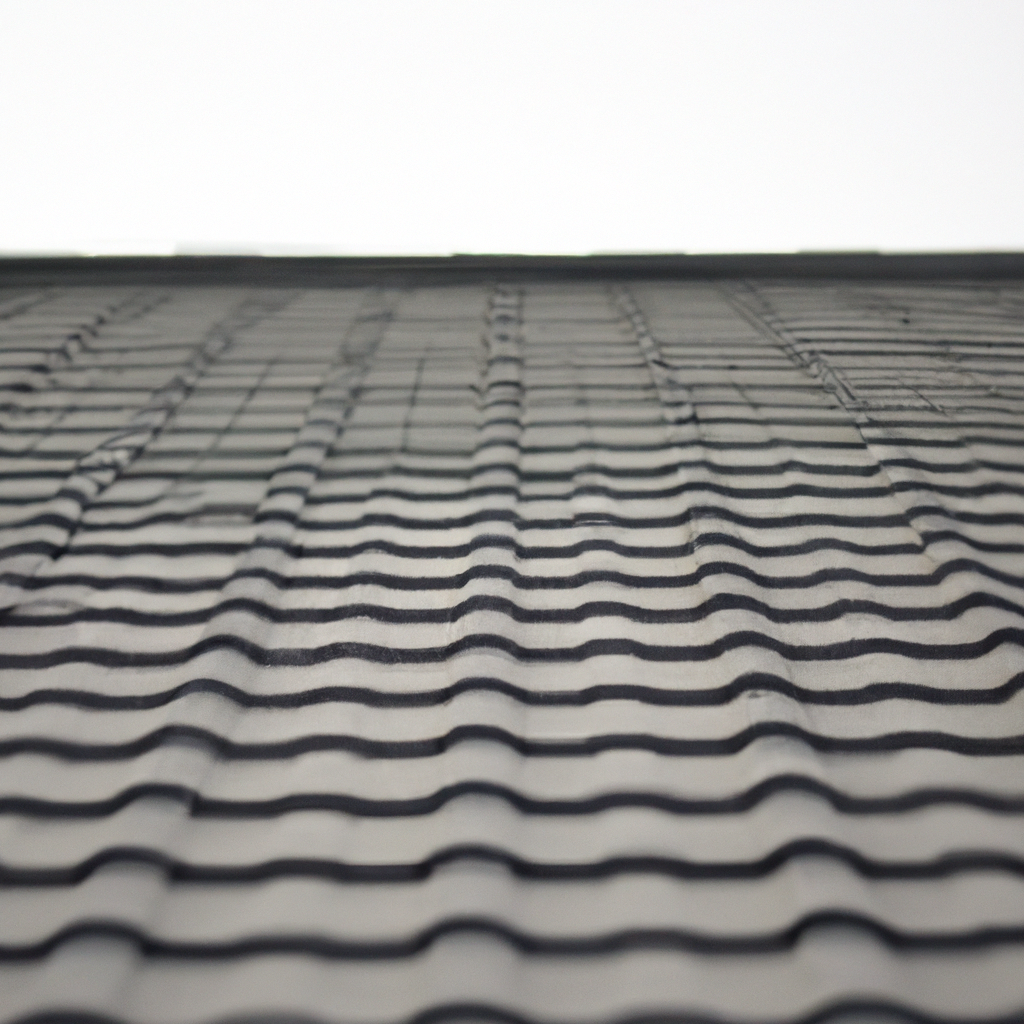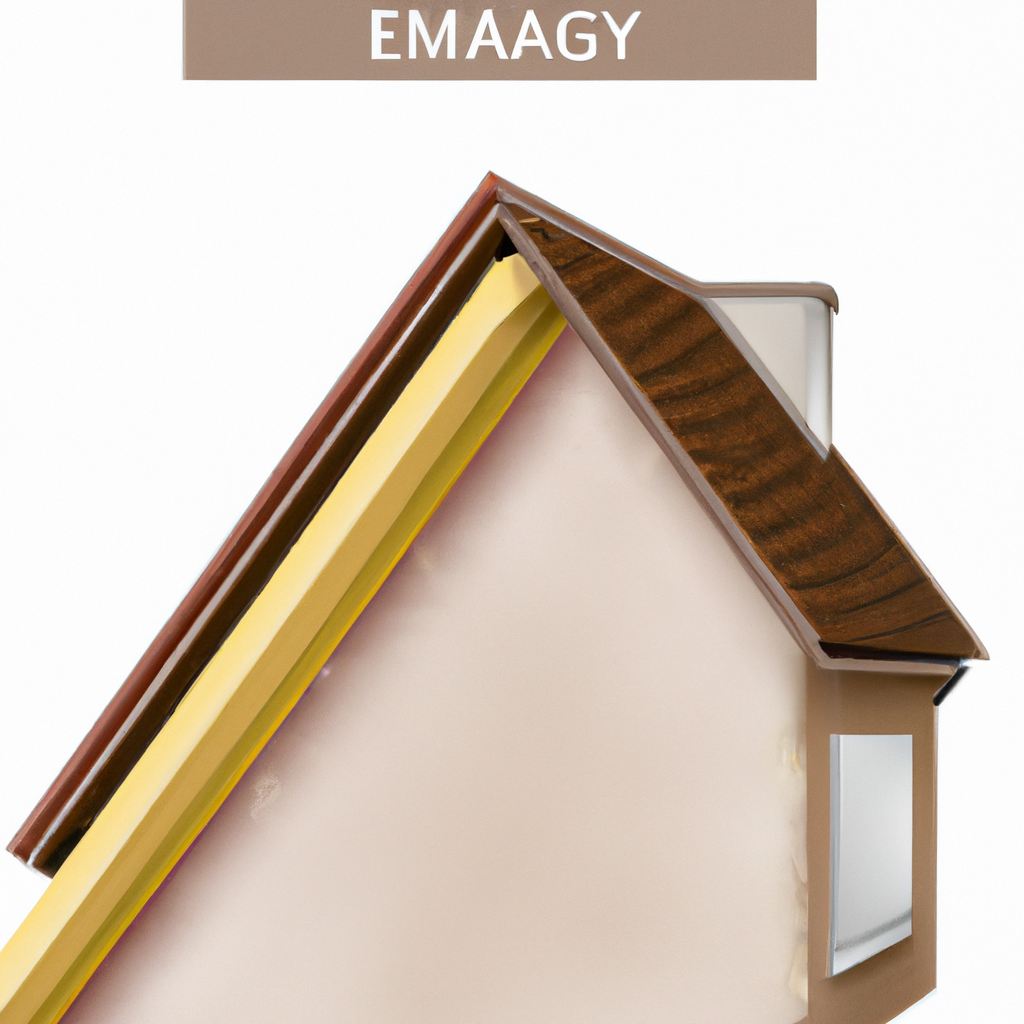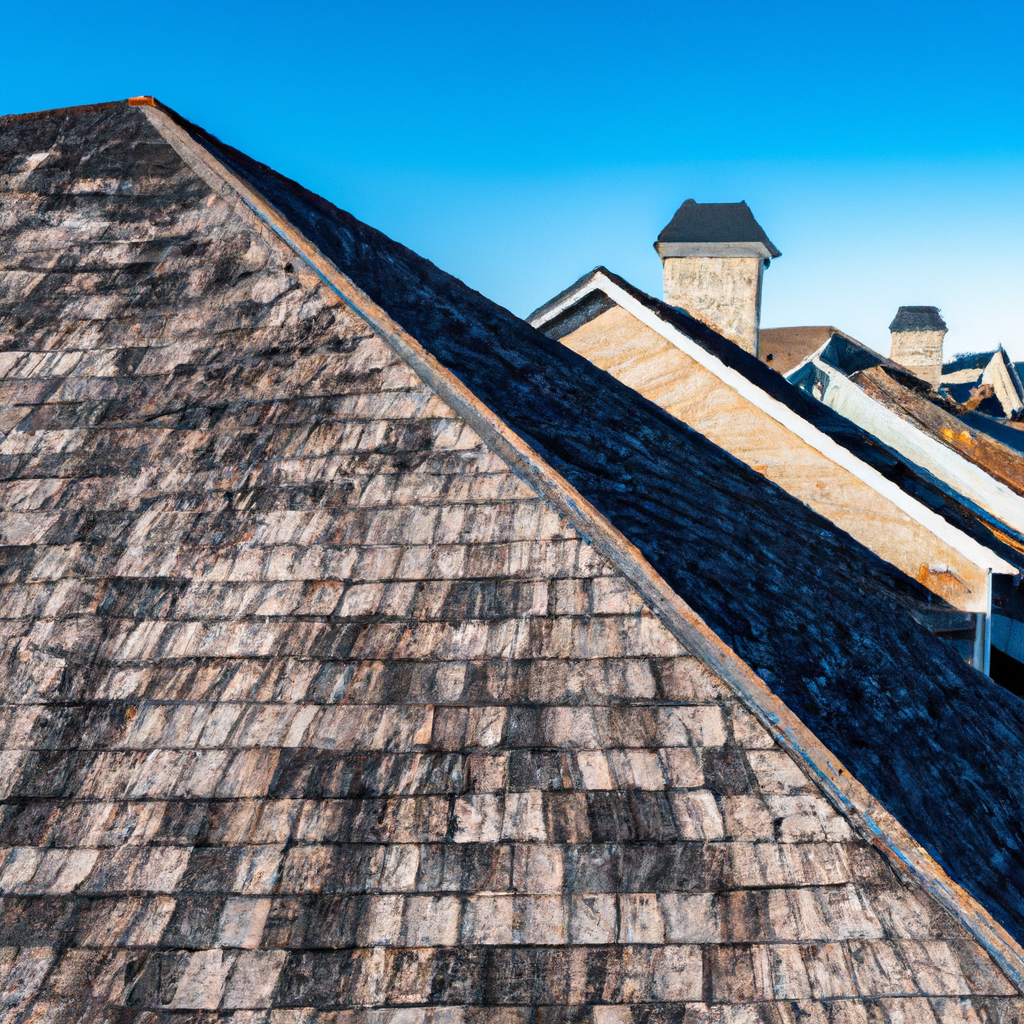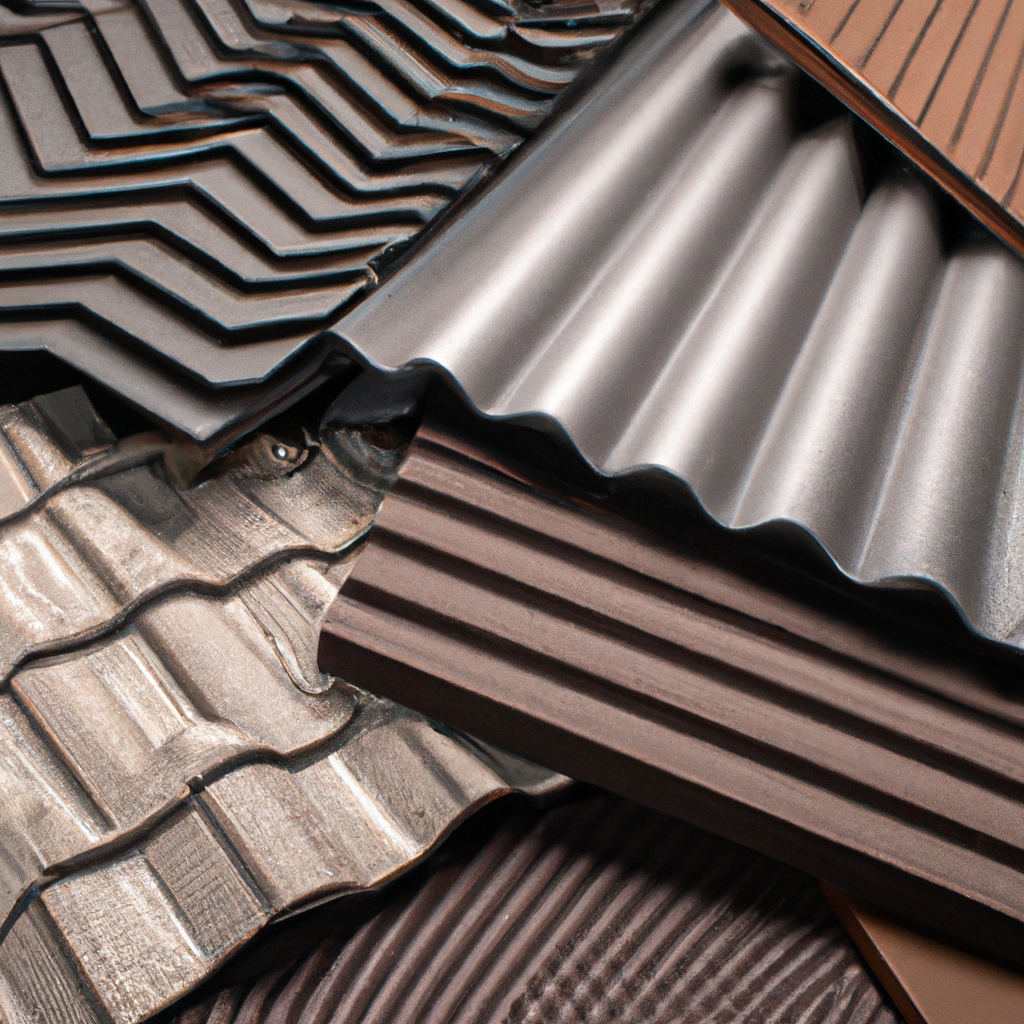Introduction
Algae on your roof not only detracts from the appearance of your home but can also cause damage to your shingles and shorten your roof’s lifespan. If you’re looking for ways to safely remove algae from your roof, this article provides various methods and essential tips to help you achieve a clean, algae-free roof.
Why it’s important to remove algae
Algae spores can spread from roof to roof through the air, resulting in dark patches that prevent your roof from reflecting sunlight [9]. Over time, excess heat can build up on the surface, shortening the roof’s lifetime. Additionally, algae can slowly deteriorate your shingles, ultimately leading to costly repairs or replacement [10].
Precautions to take before cleaning
Before you start cleaning, make sure to wet your foundation plantings to protect them from any cleaning solution you’ll be using[1]. After cleaning, rinse everything with clean water to prevent damage to your plants and the environment.
Methods to safely remove algae
Using bleach and water solution
A 50% mix of water and bleach can effectively remove algae from your roof without causing damage to your shingles[1]. However, be cautious as bleach can be corrosive and dangerous to plants and pets[6]. Make sure to dilute the bleach and rinse plants and surfaces after using the solution.
Using organic oxygen bleach
If you’re concerned about the environment and your plants, certified organic oxygen bleach is an excellent alternative to chlorine bleach[2]. Avoid using products containing sodium hypochlorite, as this is chlorine bleach and can harm vegetation around your home.
Using special detergent solutions
You can also use a particular detergent solution, available at hardware stores, to clean your roof and remove algae[4]. Spray the solution onto the roof or use a scrub brush to apply it. Alternatively, you can use a spray bottle to mix one part bleach with water.
Manual removal
For a more hands-on approach, you can use a soft-bristle scrub brush to remove algae from your roof shingles[3]. Be sure to scrub from the top down to avoid lifting shingles and work in small sections at a time to prevent damaging the shingles. Be gentle and avoid scraping or pounding on the roof.
Pressure washing
Pressure washing can be an effective method to remove algae from your roof when done correctly[7]. However, using a pressure washer on your roof can be risky, as it can potentially damage the shingles if not done properly[5].
Pros and cons
The benefits of professional pressure washing include restoring your roof’s appearance, removing dirt and debris, enhancing the longevity of your roof, protecting against water damage, and saving you time and money in the long run[7]. The downside is that improper use of a pressure washer can damage shingles, leading to costly repairs.
How to use pressure washing safely
If you decide to use a pressure washer, it’s best to seek professional help to avoid damaging your roof. Use a soft telescopic brush if you need to remove hard-to-reach areas[5].
Cleaning tips
- Always work in small sections to minimize the risk of damaging shingles
- Start cleaning from the top and work your way down to prevent lifting shingles
- Be gentle while scrubbing to avoid damaging the roof surface
- Rinse plants and surfaces with clean water after using any cleaning solution
Preventing algae growth
To minimize the chances of algae growth on your roof, consider installing algae-resistant shingles or applying an algae-resistant treatment. Trim overhanging branches to reduce shade and moisture, which can promote algae growth. Regularly clean your gutters and ensure proper ventilation to keep your roof dry.
Conclusion
Safely removing algae from your roof is essential for maintaining the appearance and longevity of your home. By using bleach and water solutions, organic oxygen bleach, or special detergent solutions, you can effectively eliminate algae from your roof. If you choose to use a pressure washer, seek professional help to avoid any damage. Always take precautions to protect your plants and the environment during the cleaning process.

